- Field Vision Sport
- Posts
- When Football Kits Became Street Cred
When Football Kits Became Street Cred
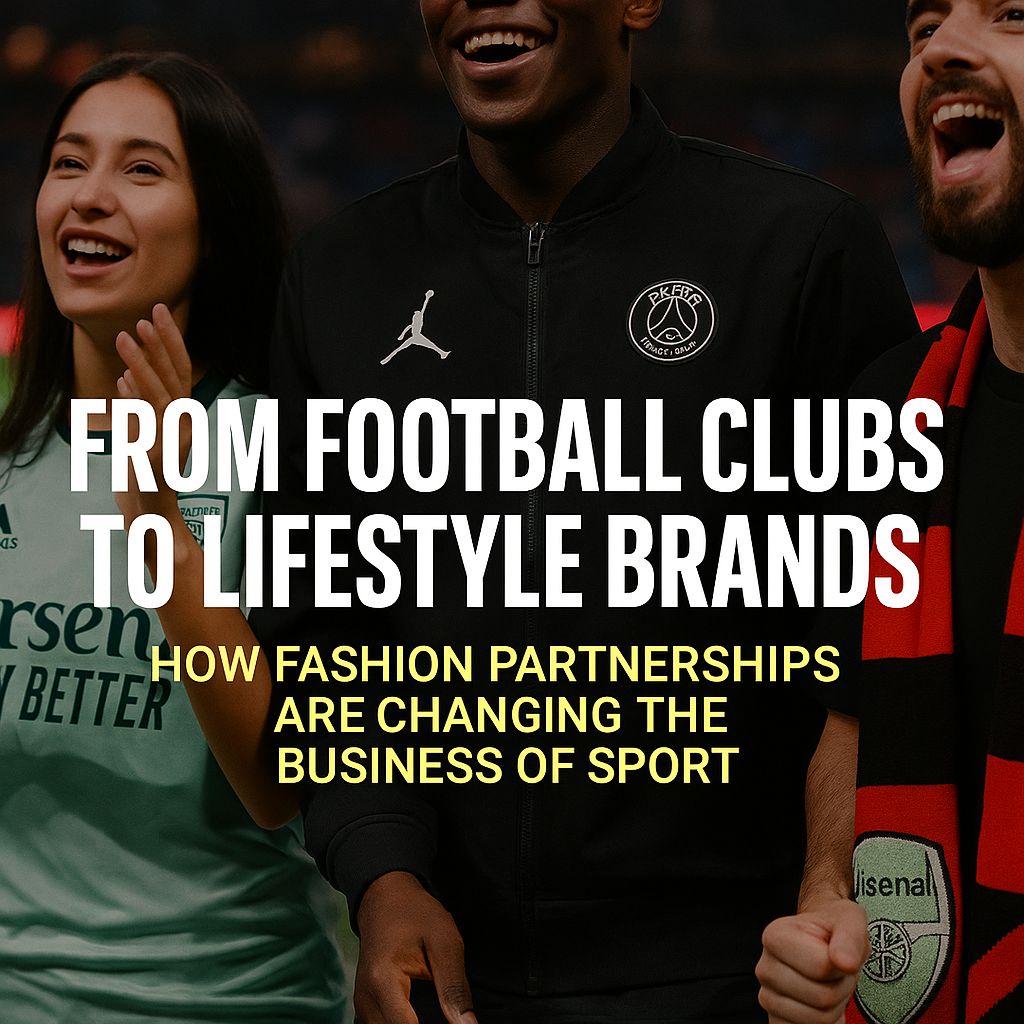
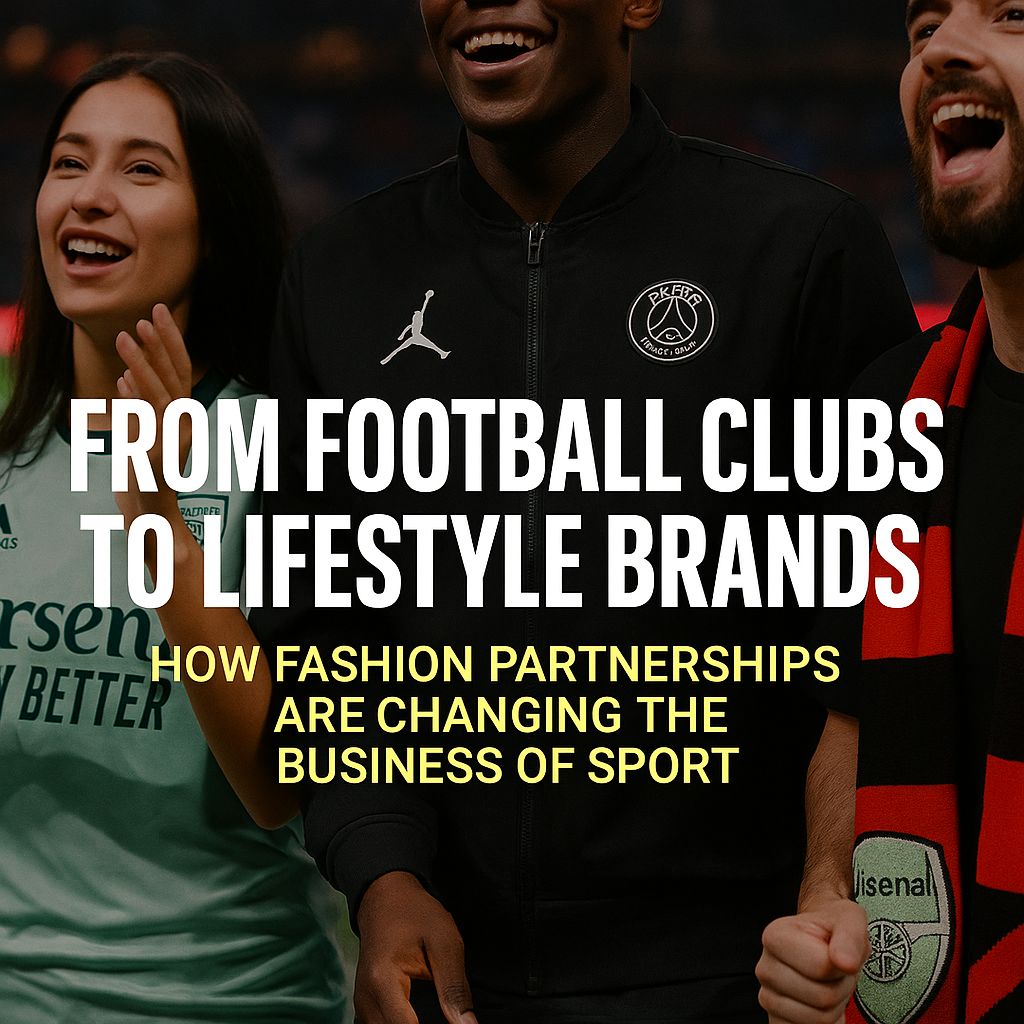
Summary
Football clubs have cracked the code on cultural relevance by transforming from weekend entertainment into 24/7 lifestyle brands. Through strategic fashion partnerships, they're capturing younger demographics, diversifying revenue streams, and solving the sport's biggest commercial challenges. From PSG's £240 million Jordan Brand success to Arsenal's female fanbase explosion via Stella McCartney, this isn't just about selling shirts. It's about owning cultural conversations that traditional broadcast models can't reach.
Quick Reads
The Big Picture: Football fashion collaborations have generated over £500 million in additional revenue since 2018, with some drops selling out in under 15 minutes
Target Market: 16-24 year-olds who've switched off from traditional football viewing but will queue for limited edition kit drops
Revenue Model: Capsule drops deliver 20-30% higher margins than standard replica kits, whilst licensing deals offer low-cost, high return IP monetisation
Regional Winners: UK clubs leverage terrace culture heritage; US market shows 74% merchandise growth; emerging markets offer highest margins through own brand strategies
Competitive Edge: Football's global fandom + local identity + built-in tribalism creates scalable cultural capital that NBA, esports, and other sports can't match
Business Takeaway: Clubs are now creative studios, and success requires fashion industry talent, not just sports marketing
The Warm-Up
Hello, Hi Visionaries!
Right, let's talk about something that would've made my Sunday league teammates laugh ten years ago: football kits as fashion statements. Whilst we were busy focusing on whether our boots were clean enough for training, the fashion world was working on its way into the world of football and plotting something much bigger.
Today, wearing a PSG jersey to a gallery opening in Shoreditch isn't just acceptable. It's expected. Arsenal's collaboration with Stella McCartney isn't just shifting units; it's reshaping how an entire generation thinks about football culture. And if you're still thinking this is just about pretty shirts, you're missing the biggest cultural shift in sport since Sky Sports changed everything in 1992.
The Game Plan: Why Fashion Became Football's Secret Weapon
Here's what every athlete knows: performance isn't just about what happens on the pitch. It's about how you carry yourself off it. Football clubs have finally cottoned on to this truth, and they're applying it at scale.
The numbers don't lie:
PSG's Jordan Brand partnership has generated over £240 million in merchandise sales since 2018
Arsenal's female fanbase became their fastest-growing CRM segment after launching women-focused fashion lines
MLS merchandise sales jumped 74% between 2019 and 2024, largely driven by streetwear collaborations
But this isn't just about shifting more replica shirts. It's about solving three massive problems that have been keeping football executives awake at night.
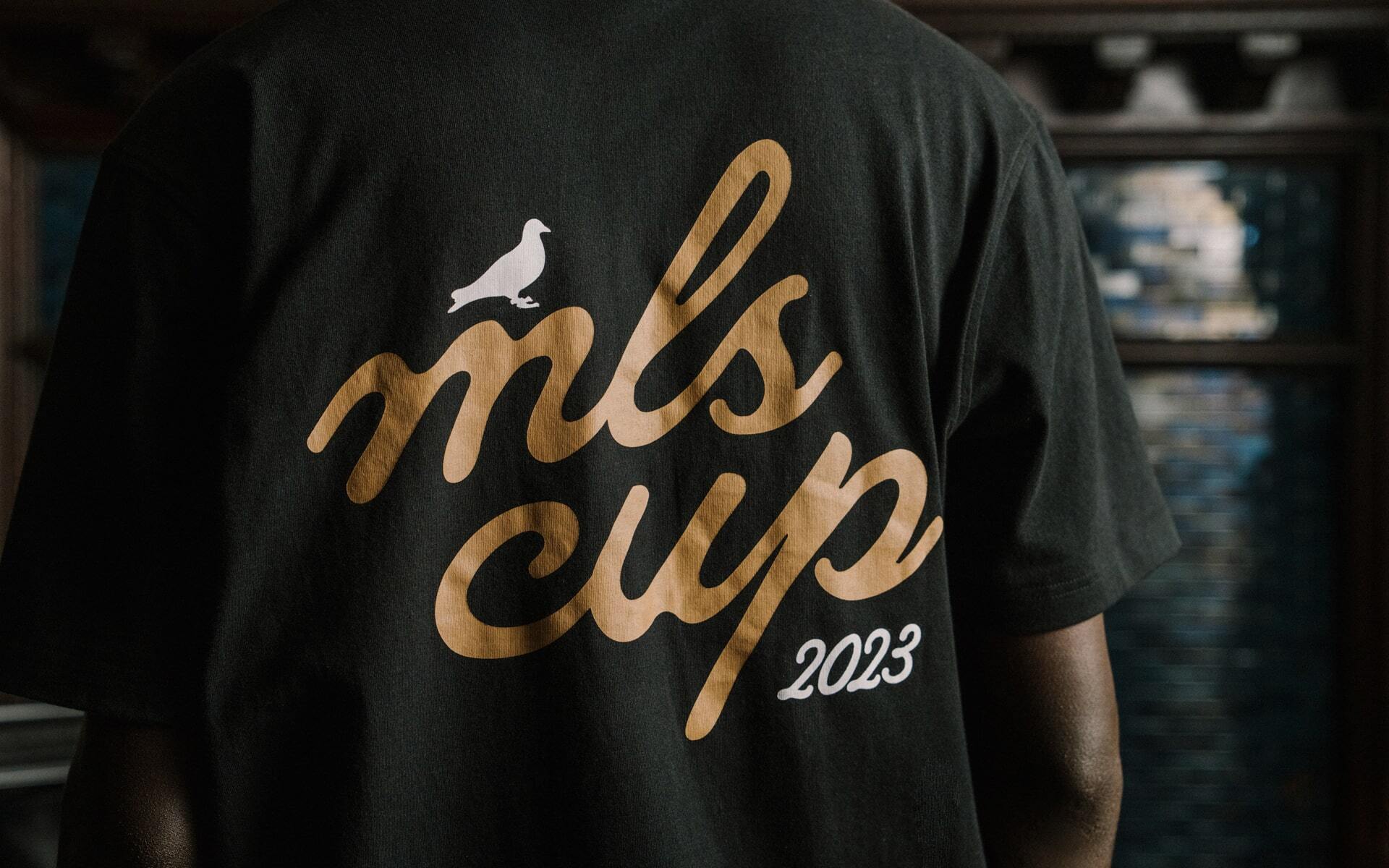
Three Problems, One Solution
Problem 1: The Youth Are Switching Off
Anyone who's tried to get a 16 year old to sit through 90 minutes of football knows the struggle. Traditional viewership among 16-24s has flatlined, particularly in Western Europe and North America. You don't need their eyeballs if you can get their wardrobes.
Problem 2: Revenue Streams Are Under Pressure
Broadcast rights, football's golden goose, are facing headwinds from streaming fragmentation and piracy. Clubs needed diversification, and fast. Fashion offered something broadcast rights never could: complete ownership of the customer relationship.
Problem 3: Cultural Relevance Beyond Matchday
Football was becoming a weekend-only brand whilst culture moved to a 24/7 cycle. Fashion transformed clubs from periodic entertainment into daily lifestyle choices.
How Champions Are Made
The Historical Blueprint
This isn't entirely new territory. Let's rewind the tape:
1980s: Italian ultras and Fiorucci created the first template for football as fashion. Those terraces weren't just stands. They were runways.
1990s: Umbro and Fila kits became staples in UK garage and grime scenes. Football shirts weren't just for Saturday afternoons; they were for Saturday nights.
2000s: David Beckham proved that individual athletes could transcend sport entirely. His global fashion campaigns showed football's mainstream potential.
2010s: PSG's Jordan partnership signalled the shift from sport to lifestyle. These weren't just kit deals but were cultural statements.
2020s: AC Milan's Off-White drop and Arsenal's Stella McCartney line brought high fashion credibility to football brands. The game had officially changed.
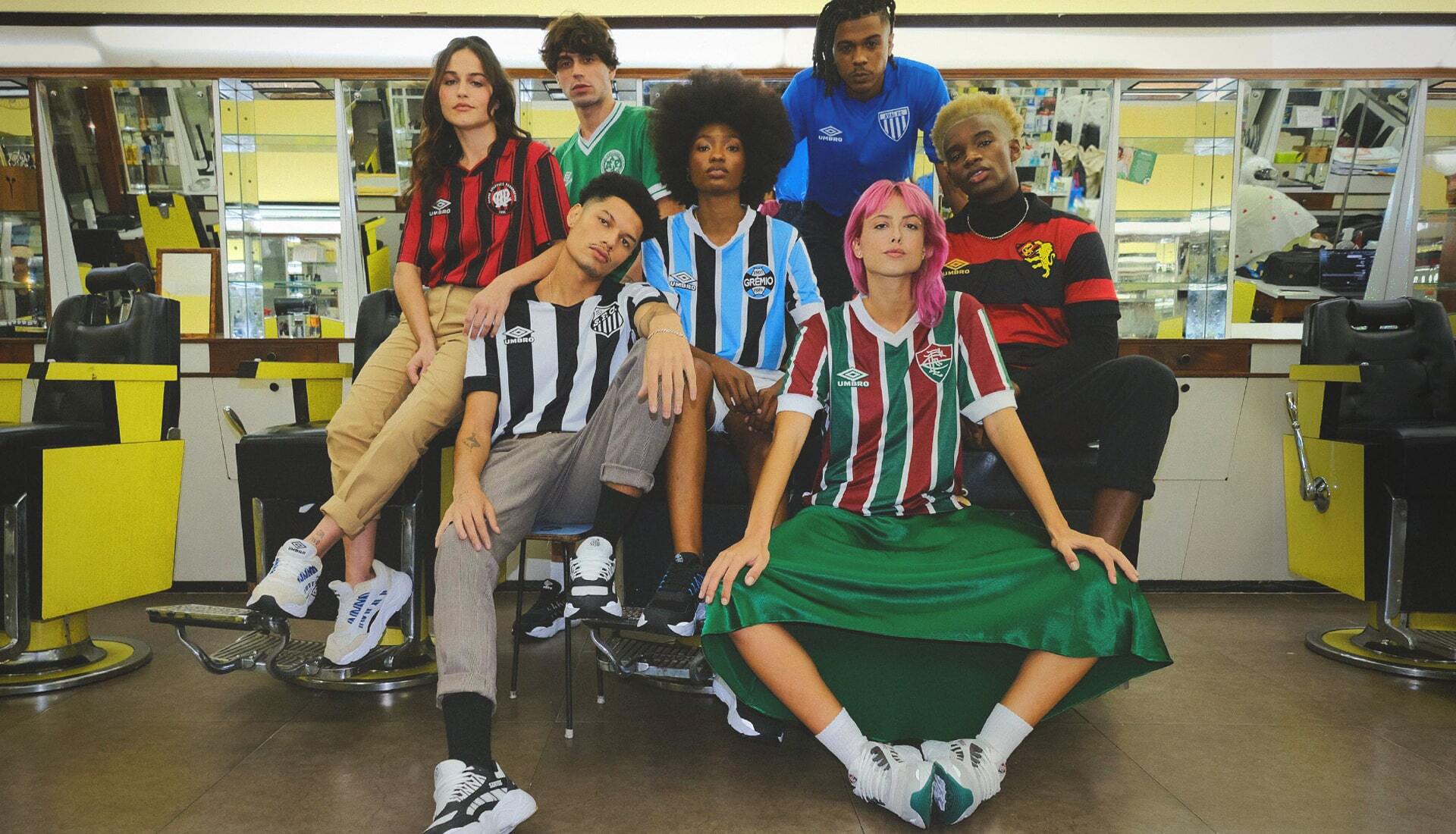
The Championship Performances
Paris Saint-Germain × Jordan Brand: The breakthrough that proved football could be marketed like streetwear in America. Result? 470% growth in US fanbase within three years. One collection sold out across global retailers.
Arsenal × Stella McCartney: Brilliant play targeting women's fashion. Female-specific merchandise sales doubled year-on-year, proving that inclusive design isn't just morally right. It's commercially smart.
AC Milan × Off-White: Virgil Abloh's design house brought luxury credibility whilst the drop model created artificial scarcity. One capsule sold out in 12 minutes. That's not just hype—that's surgical precision.
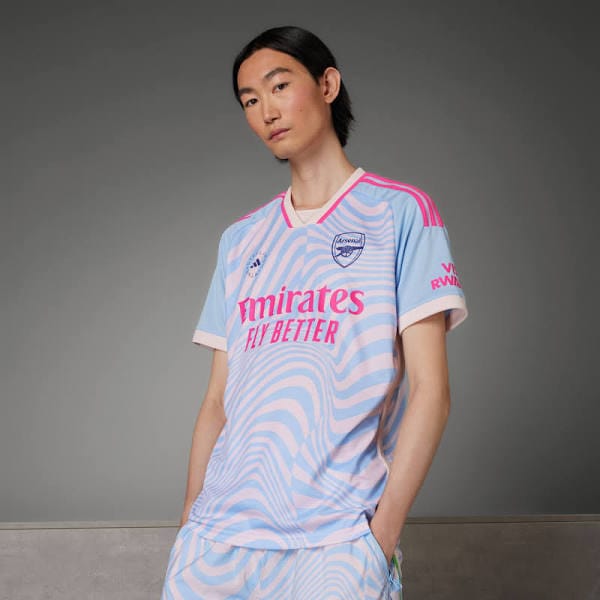
The League Tables: Regional Performance
United Kingdom: The Home Advantage
Being the birthplace of terrace culture gives UK clubs a natural edge. Palace × Umbro, Clints × Umbro, and Admiral × Percival have all leveraged this heritage brilliantly. The fact that football kits now feature in GQ, Highsnobiety, and Hypebeast as fashion pieces not sportswear, shows how far we've come.
Europe: Continental Class
Italy's Stone Island × Inter connects historical terrace fashion with Gen Z aesthetics. German clubs like Bayern and Borussia Dortmund are using retro reissues and influencer campaigns. Barcelona's eco conscious fashion lines tie directly to Catalan identity. Each approach reflects local culture whilst building global appeal.
United States: The Growth Market
PSG opened the door, but MLS clubs are now flooding through it. Los Angeles Football Club (LAFC) collaborations with Born × Raised and Mitchell & Ness show serious intent. The 74% growth in MLS merchandise sales since 2019 proves American audiences are hungry for football culture. They just needed the right entry point.
Emerging Markets: The Future
Nigeria's 2018 World Cup kit generated 3 million pre-orders, then Nike added a full fashion line for 2022. India and Indonesia are experimenting with Bollywood and celebrity-inspired kit reveals. These markets offer higher margins through own-brand merchandising versus licensed replica deals.
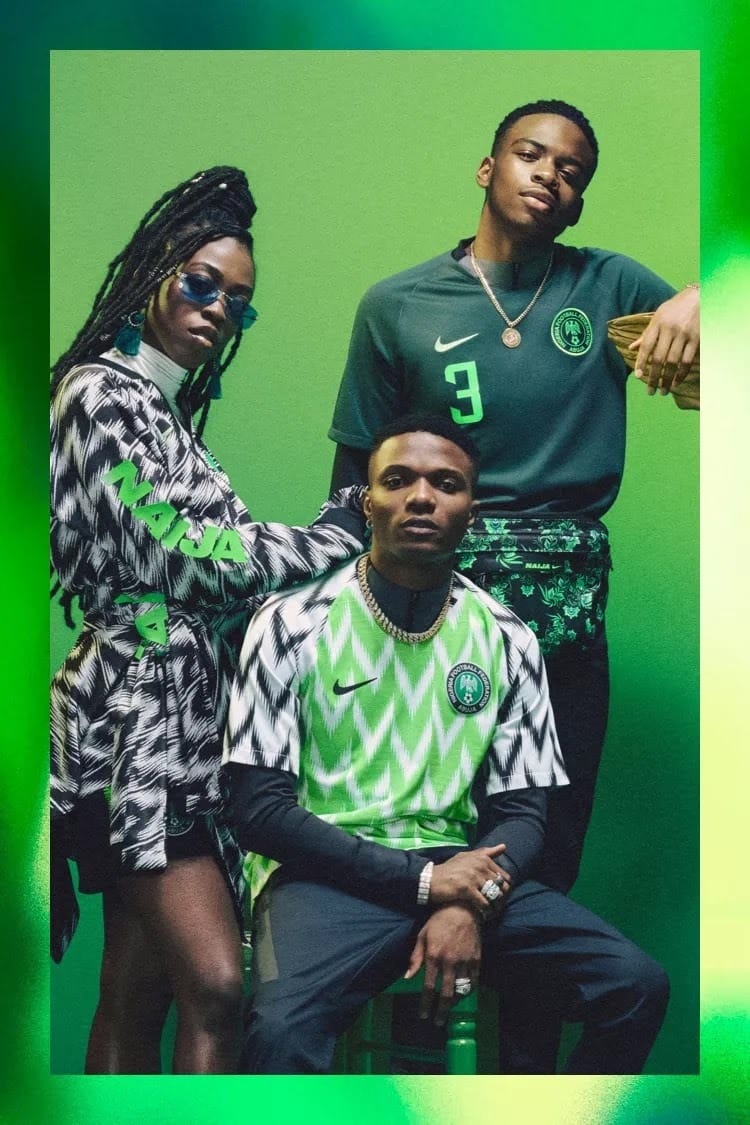
The Business Playbook: Revenue Models That Work
Strategy | Execution | Revenue Impact |
|---|---|---|
Capsule Drops | Limited releases with hype marketing | 20-30% margin increase per unit |
Licensing Deals | Club IP licensed to fashion brands | Low cost, high return on intellectual property |
Direct-to-Consumer Lines | Owned channels with storytelling | Data ownership plus 3x profit margins |
NFT-Linked Fashion | Digital/physical hybrid products | Unlocks new fan engagement models |
Why Football Wins
NBA: Masters of lifestyle crossovers but lacks the global club identity that makes football special.
Esports organisations: Have streetwear roots but lack the real-world community infrastructure that football provides.
Rugby/Cricket: Loyal fanbases but limited fashion-crossover credibility.
Football's advantage? Global fandom combined with local identity creates scalable cultural capital. More matchdays mean more seasonal drops. Built-in tribalism delivers product loyalty and storytelling opportunities that money can't buy.
The Final Whistle: Your Action Plan
For Brands:
Stop thinking sponsorship, start thinking co-creation
Design with clubs, not just for them
Use club CRM data to create targeted drops
For Clubs:
Hire creatives from fashion and culture, not just sports marketing
Transform matchdays into fashion runways to test streetwear concepts
Own your distribution. Don't rely entirely on kit manufacturers
For Investors:
Football-fusion brands remain undervalued assets
Target clubs with high youth engagement and fashion crossover potential
Invest in supply chain technology that supports drops and creator collaborations
The Bottom Line
In an era where Gen Z wears its identity more than it watches television, football isn't just a sport. It's cultural currency. Clubs have evolved into creative studios, and players are walking billboards. Fashion is a way that the sport maintains relevance.
The best part? You don't need 90 minutes of attention to sell a £90 shirt.
This is more than a trend. It's a fundamental shift in how sports properties build value. The clubs that understand this aren't just winning matches; they're winning the cultural conversation.
And in business, as in football, winning the conversation usually means winning everything else.
Reply